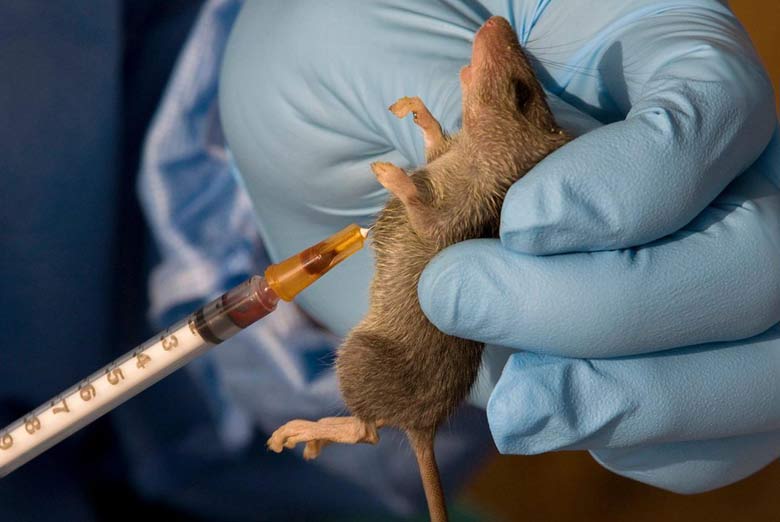Breaking News
Lassa Fever Fatality Rate Rises as Nigeria Records 177 Deaths – NCDC Reports

The Nigeria Centre for Disease Control and Prevention (NCDC) has released its Lassa Fever Situation Report for Epidemiological Week 44 (October 27–November 2, 2025), indicating a mild increase in infections and a higher fatality rate than the same period last year.
The report shows that confirmed cases rose from 11 in Week 43 to 12 in Week 44, with fresh infections recorded in Ondo, Edo, and Benue states.
Cumulatively, Nigeria has recorded 966 confirmed cases and 177 deaths from Lassa fever in 2025. The Case Fatality Rate (CFR) now stands at 18.3%, compared to 16.5% within the same period in 2024.
The NCDC said the rise in fatalities signals “ongoing gaps in early detection and treatment,” particularly in high-risk communities.
The report noted that 21 states have logged at least one confirmed case across 102 local government areas, reflecting the wide geographical spread of the viral haemorrhagic fever.
However, the bulk of infections remain concentrated in a few states, with Ondo, Bauchi, Edo, and Taraba contributing 87% of all confirmed cases.
The agency identified young adults aged 21–30 years as the most affected age group, forming the largest share of reported infections nationwide.
The NCDC also confirmed that no health worker was infected in Week 44, a positive shift in a year where frontline personnel have consistently been at risk.
Despite the slight week-on-week rise, the NCDC reported that overall suspected and confirmed cases in 2025 remain lower than those recorded at the same time in 2024.
NCDC Calls for Vigilance
Reiterating its public health advisory, the agency urged heightened surveillance, early presentation to health facilities, and strict infection prevention and control measures, especially in communities with a history of recurring outbreaks.
The centre emphasised that prompt reporting and swift treatment remain key to reducing fatalities as the dry season, typically associated with increased Lassa fever transmission, approaches.



















